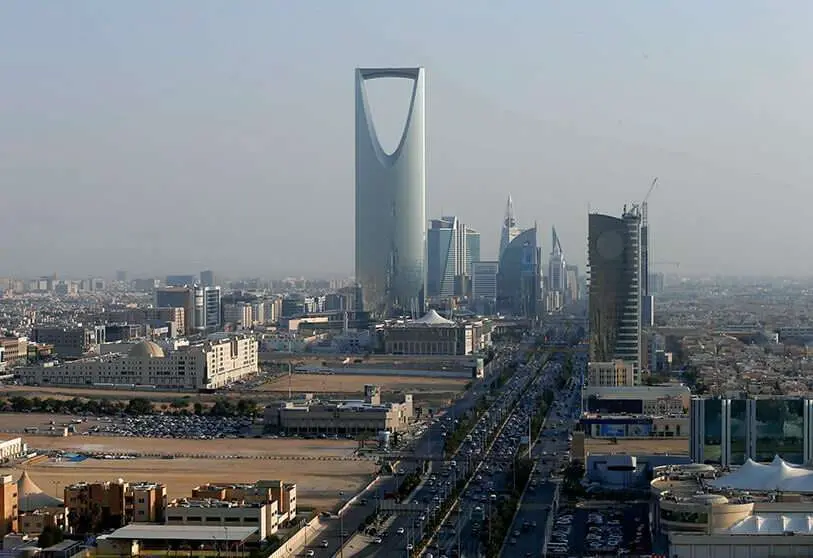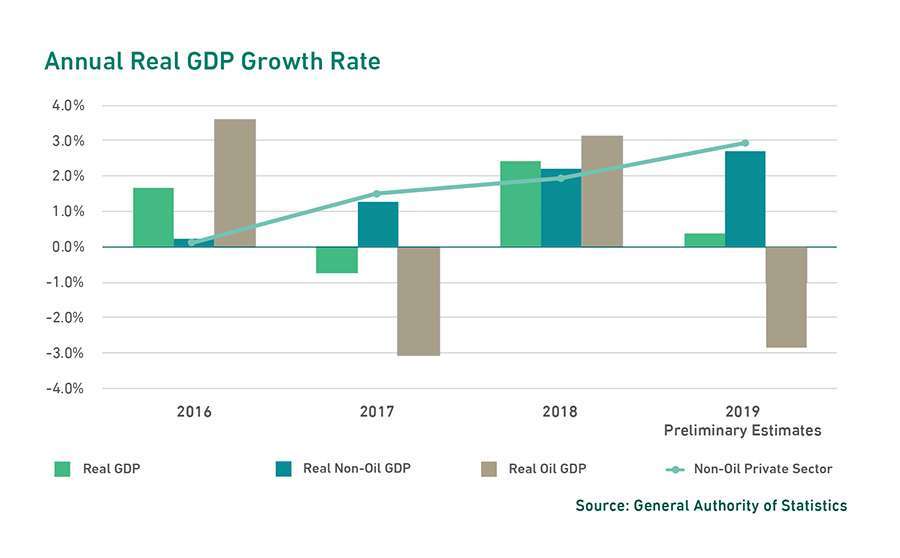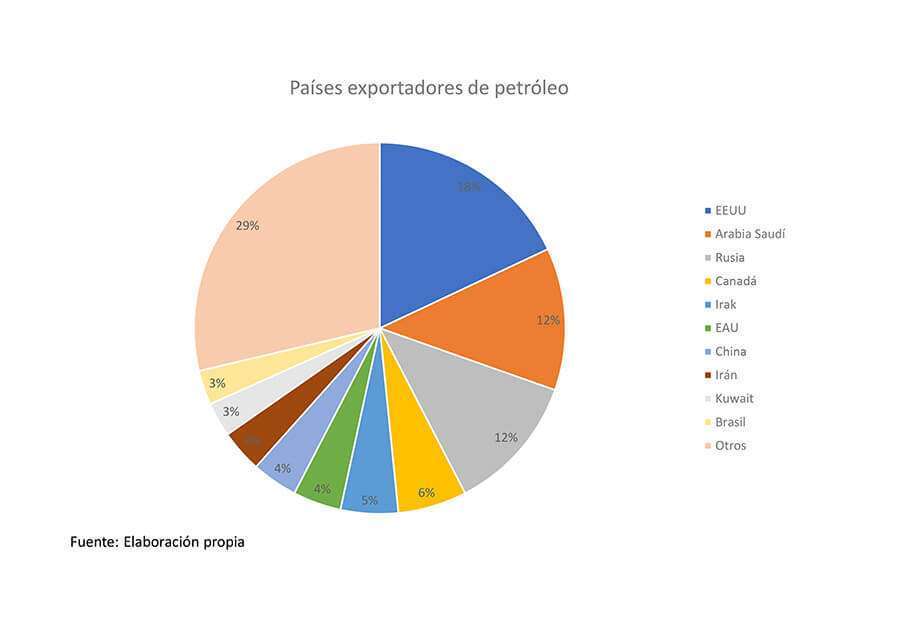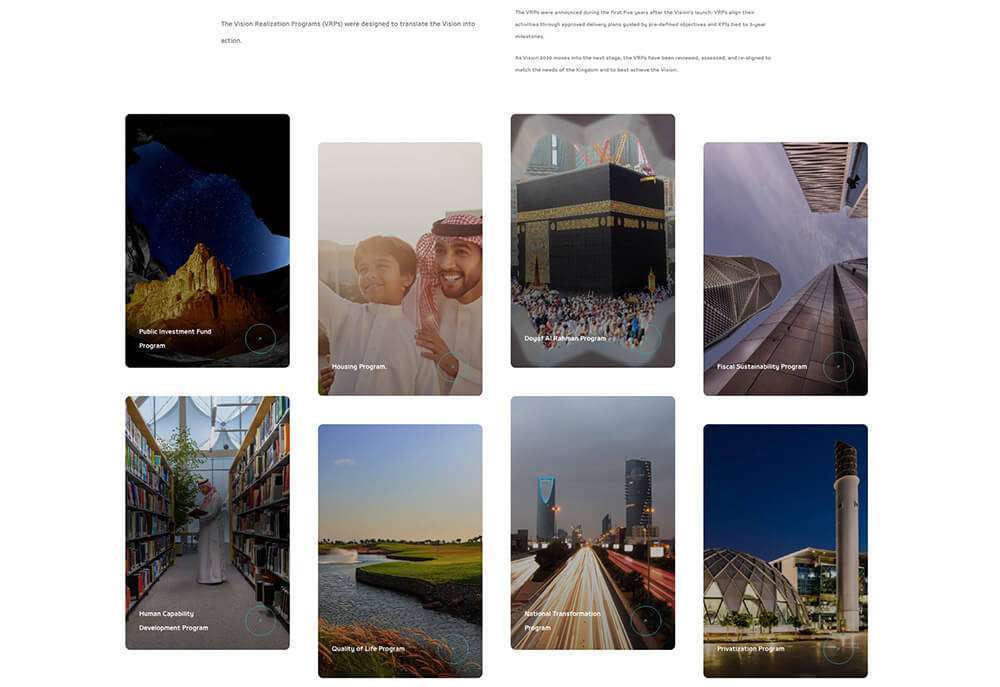Saudi non-oil economy grows for first time since pandemic

The non-oil sector grew by 2.9% in the first quarter of 2021 compared to the same period last year, while the oil economy contracted by 11.7% due to production cuts made to support prices. Increased output from the non-oil sector is key to employment and diversification of the Saudi economy. Lower oil production has dragged down Saudi Arabia's economy, which contracted by 3% in the first quarter.

With a faltering economy, a widening budget deficit and a shrinking global economy, the prospects for Vision 2030, Crown Prince Mohammed bin Salman's diversification and development project, may be altered. The pandemic affected global oil demand and caused prices to plummet last year, Saudi Arabia's oil revenues fell and spending needs increased. Despite this, the International Monetary Fund (IMF) expects the economy to grow by 2.1 per cent this year after contracting by 4.1 per cent in 2020.
Oil revenues currently account for around two-thirds of the kingdom's exports, although the G20 country was responsible for almost 30 per cent of global oil exports, this figure has now fallen to just 12 per cent. Therefore, Saudi Arabia cannot continue to rely on oil, as has been announced in recent years, and needs to diversify its economy.

On the other hand, tourism was expected to be a key part of Vision 2030, with a target of 100 million visitors per year by the end of the decade. Due to the pandemic, as in the rest of the world, tourism has plummeted. The annual Hajj is also an important source of revenue for the kingdom, but last year it had to be reduced to 1,000 pilgrims, which had a major impact on the money raised.
Before the pandemic, some 2.5 million pilgrims used to visit Islam's holiest sites in Mecca and Medina for the week-long Hajj and Umrah pilgrimage, which together earned the kingdom about $12 billion a year. This year the Hajj will be limited to 60,000 people.

One of the main goals of Vision 2030 is to use Saudi investment power to create a more diverse and sustainable economy for the country. The Kingdom also seeks to leverage its strategic location to consolidate its role as an integral engine of international trade and connect three continents: Africa, Asia and Europe.
The vision is composed of several programmes to this end. The Financial Sector Development Programme aims to develop a diversified and efficient financial sector to support the development of the national economy, diversify its sources of income and stimulate savings, finance and investment.
The Public Investment Fund Programme aims to enhance the role of the Public Investment Fund, which is the active driver of the diversification of the Kingdom's economy and the development of specific strategic sectors, by cultivating and maximising the impact of the fund's investments. It also aims to develop the fund into one of the largest sovereign wealth funds in the world, as well as establishing strong economic partnerships that contribute to deepening the Kingdom's impact and role on the regional and global stage.

This quarter the private sector grew by 4.4%. The role of the private sector in Saudi trade is substantial, with private companies accounting for around 48% of the country's $248.82 billion GDP. They manufacture, distribute and sell domestic products. This sector is growing rapidly, mainly thanks to government incentives, such as the provision of long-term interest-free loans and support services and facilities envisaged in Vision 2030 programmes.
The budget deficit is on the rise, at $35 billion in 2019 and $79 billion in 2020. The Saudi Ministry of Finance forecasts a decline in the public deficit, with an expected deficit of $40 billion in 2021, representing 5 per cent of GDP, and $25 billion, or 2.9 per cent of GDP, in 2022.

Despite the economic contraction, international trade continued its strong recovery in the first quarter, with imports of goods and services growing by 9.1%, compared to 11.3% in the previous quarter. Exports increased by 1.9 per cent, compared to 3.6 per cent in the previous quarter. Private final consumption expenditure grew by 6.6%, up from 1.5% in the previous quarter.








